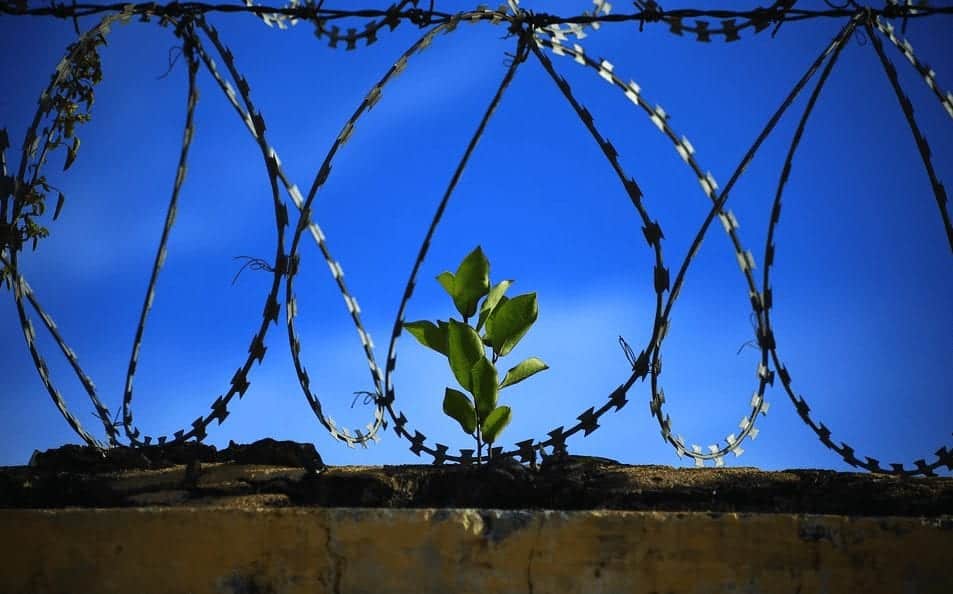Table of Contents
Commentary by Dr. Turner Nashe
02/15/2017 | Seattle, WA | The Seattle Times
From prison to college to success
Ari Kohn | The Seattle Times | Twitter
EACH month, the state of Washington releases roughly 700 people from its prisons. These men and women, having served their time, seek a productive life on the outside. Yet within three years, about one-third wind up back in prison on one or more new felony convictions. Their new trials and imprisonment place an additional burden on taxpayers — not to mention the burden their crimes place on victims.
State policymakers, concerned about this cycle, have commissioned studies, convened task forces, and introduced legislation aimed at preventing people from reoffending. Yet the recidivism rate hasn’t gotten any better over the last decade, and in the last year has increased.
If they want to get serious about recidivism, it’s time for them to commit to what we know works.
To read more visit, The Seattle Times
12/28/2016 | Billings, MT | The Billings Gazette
Welding class graduates at Montana Women’s Prison in Billings
Mike Kordenbrock | The Billings Gazette | Twitter
Having spent weeks learning to manipulate metal through the application of extreme heat, 10 inmates at the Montana Women’s Prison graduated from the prison’s introductory welding program on Wednesday night in an emotional ceremony that suggested something else had been forged in the workshop.
“I know I can succeed because I’ve seen the success. I’ve seen success on the faces of the other inmates in the program” Erin Gravelin, an inmate and program graduate, said during the ceremony. “I can show you the success in my weld.”
The course began in late October and involved multiple four-hour lessons a week, many taught by Great Falls College Montana State University instructor Bob Baker. Inmates learned a variety of welding techniques, including oxy-fuel cutting, gas metal arc welding, flux core arc welding and shielded metal arc welding.
To read more visit Billings Gazette
02/27/2017 | Florence, AZ | Cronkite News
Florence prisoners rehabilitate their futures by training wild horses, burros
Shania Alba | Cronkite News | Twitter
FLORENCE – It’s almost eight in the morning on an icy cold and windy day in Florence.
More than a dozen men in orange, with the initials of the Arizona Department of Corrections stenciled on their shirts, are caring for 35 wild horses and burros on grounds about 50 miles southeast of Phoenix. The men shovel fresh hay into stalls, the wind carrying wisps into the air. They start to groom the horses.
Bear, the horse, isn’t happy. Rick Kline picks up Bear’s right foreleg, and tries to clean the dark horse’s hoof. Bear keeps shaking his head and tail, stomping out his discomfort.
“It’s okay,” Kline says quietly. He tries again. And again. Eight tries later, Bear accepts Kline’s calm commands.
Kline, an inmate at the Arizona State Prison in Florence, helps care for and train wild horses and burros the state captures and offers for adoption. The Bureau of Land Management funds and oversees a program that annually provides about 120 wild horses and burros for adoption, according to its website. The mission is to reduce the population to prevent overgrazing.
First, the animals need to be domesticated after they’re transferred from a holding facility. Inmates train and care for the horses and burros for three or four months at the prison.
Inmates gain an education beyond learning to train horses.
To read more visit Cronkite News
Author
Further Reading
- edCircuit – It’s Hope That Springs The Inmate
- U.S. News & World Report – Senate Approves Measure Expanding Prison Education Programs
- American Enterprise Institute – The Prison Entrepreneurship Program: An Innovative Approach to Reentry


